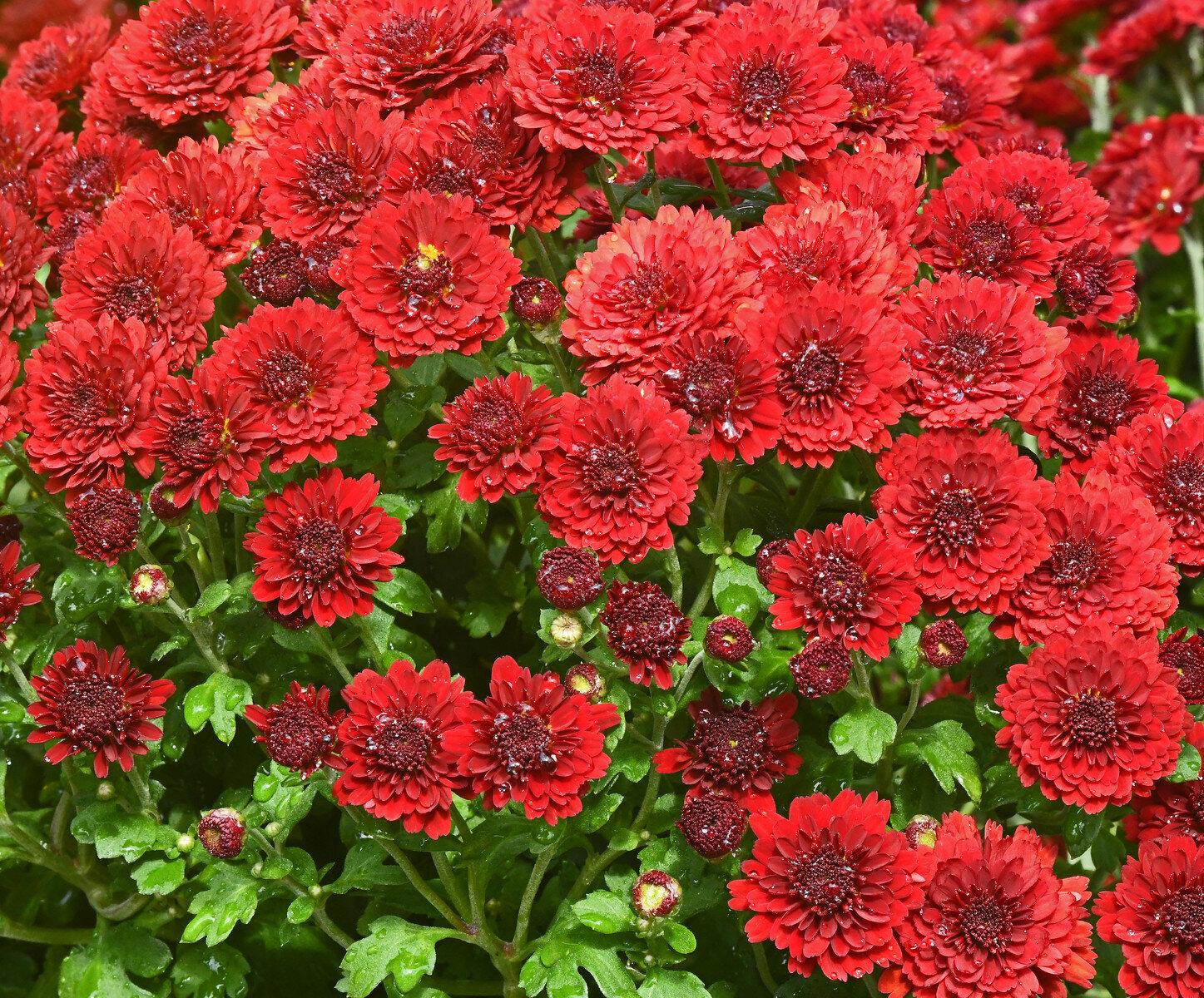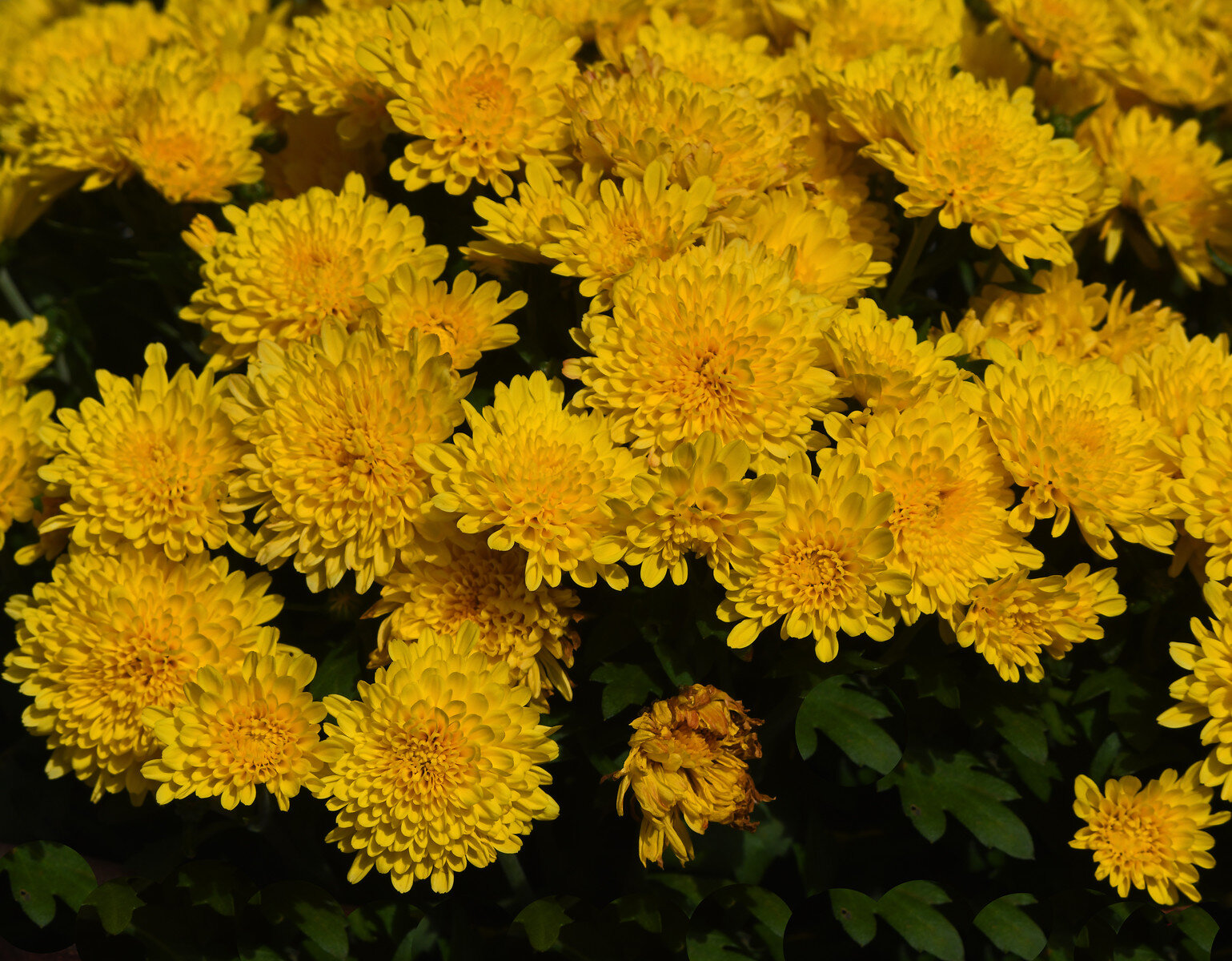Climate Change research is raising serious questions as to whether this cute little fellow and others of his kind will get enough sleeping done this winter to survive.
Yes, he’s your favorite official “nuisance,” the Eastern Chipmunk (Tamias striatus). Historically, Chipmunks hibernate in their long burrows during winter, where they sleep for several days, wake up and feed on stored food, defecate, and go back to sleep without leaving the burrows.
However, decades of research at Fordham University now show that exceptionally high winter temperatures due to Climate Change correlate positively with reduced Chipmunk hibernation in burrows. That, in turn, results in findings of severely lower winter survival rates for the little rodents that continue to forage due to warming insomnia. They’re very predator-susceptible without leafy cover and can get caught without sufficient food in fatal freezing spells.
The research also increases concerns about the dangers of Climate Change for the rest of the 75 mammal species that historically hibernate in winter. (Images taken in Brooklin, Maine, on October 4, 2021 [standing], and May 21, 2018 [all fours].).















































































































